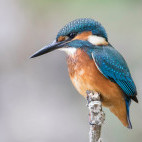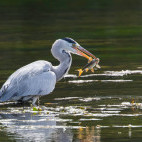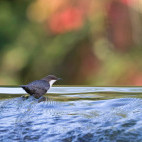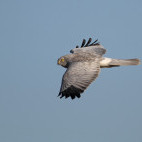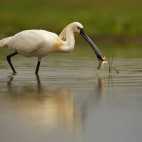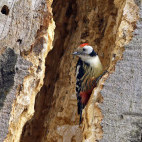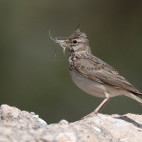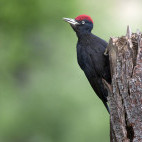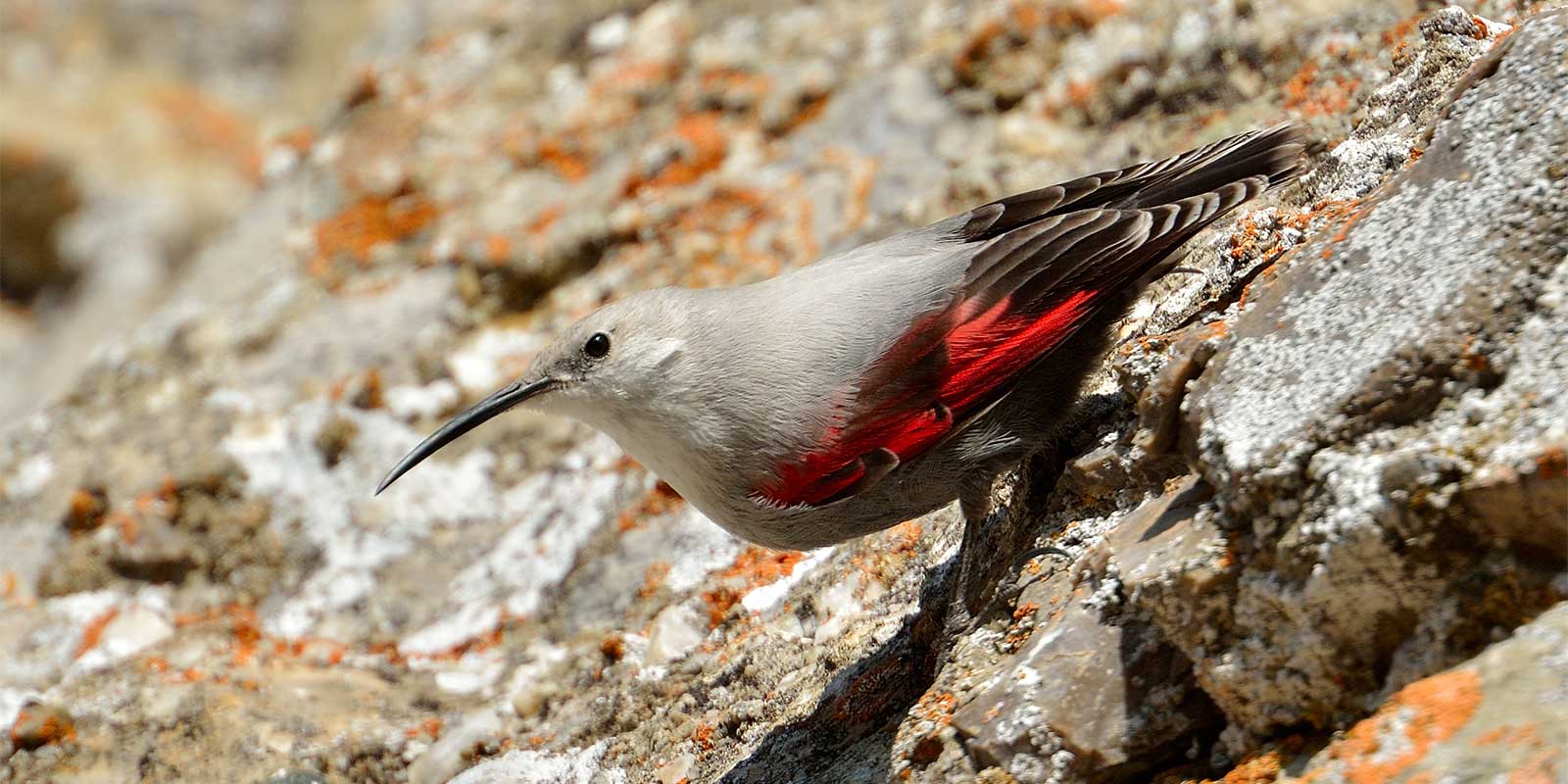
| Status | Starts | Group size | Leader | Duration/price Inc. flights from/to UK | Duration/price Exc. international flights | Single supp. | ||
|---|---|---|---|---|---|---|---|---|
| Available | Max. 7 |
 David Simpson
David Simpson
|
5 days: £1,795 pp. | 5 days: £1,595 pp. | £295 | |||
This short trip visits a fabulous variety of habitats in search of wallcreeper and alpine accentor, woodpeckers, crested tit, hawfinch and on the arable plateau, black-winged kites amongst many others. There is also the chance of early butterflies including large tortoiseshell which we hope to see.
-
- Fly from London to Bordeaux where we meet our guide. We spend time birding at the famous Le Teich Nature Reserve, for herons, egrets, spoonbill, ducks, waders and various passerine migrants. We then transfer to our hotel in Lalinde and have time to settle in.
- Accommodation: Les Magnolias, 4-nights on full board basis.
-
- Riverside cliffs harbour wintering wallcreeper, which can sometimes be seen at close range. Peregrines, ravens and crag martins should also be about, whilst alpine accentor and eagle owl may be present.
-
We will also keep an eye out for common cranes and red kites.
-
- The Dordogne is rich in woodpeckers. We’ll visit a variety of key forest areas, searching for black, middle and lesser spotted woodpeckers amongst other woodland birds, including hawfinch, crested tit and firecrest.
-
- We spend today on the Plateau de Faux searching for resident arable farmland birds, including corn bunting, crested lark, rock sparrow, black-winged kite and hen harrier. We’ll also be looking out for early spring migrants such as hoopoe and stone curlew.
-
- We travel to Bordeaux and then spend time birding at Bruges Marsh, searching for white stork, kingfisher, ducks, waders and various passerine migrants. Afterwards, we transfer to Bordeaux airport in time to catch our return flights to the UK.
All prices are per person and include:
- Services of the naturalist leader
- Flights
- Transfers
- Accommodation
- All meals
- Guides activities
Accommodation
We are based at the attractive riverside hotel Les Magnolias immediately upstream of Lalinde, a beautiful venue with comfortable rooms, fine food and excellent hosts. All rooms are en suite.
Meals
All main meals are included. Dordogne is noted for its excellent cuisine. Breakfast and dinner will be taken at the hotel and lunches in auberges, to sample the local cuisine ‘du terroir,’ or as picnics, depending upon the weather.
Birds
Early spring is one of the best times for birdwatching in the Dordogne. Overwintering mountain birds such as wallcreeper and Alpine accentor can be seen and the Dordogne’s wealth of woodpeckers are at their most visible, and most vocal, in March. With the kite migration underway, we hope to see all three European species – red, black, and the resident black-winged kite. In the forest and heathland areas we may also find hawfinch, Dartford warbler, woodlark, firecrest, short-toed treecreeper and crested tit, with rock sparrow, crested lark plus corn and cirl buntings on the farmland.
- Wallcreeper
- Black woodpecker
- Black-winged kite
- Crested tit
Scenery
The area is dominated by the Dordogne oak forest and mixed farmland, cut through by the majestic River Dordogne. Our tour also takes us into a number of other interesting habitats including river cliffs, arable plains, heathlands and wetlands. The region is studded with pretty honey-coloured villages, ancient churches, chateaux and caves.
Ground transport
Ground transportation is by minibus, with driver.








